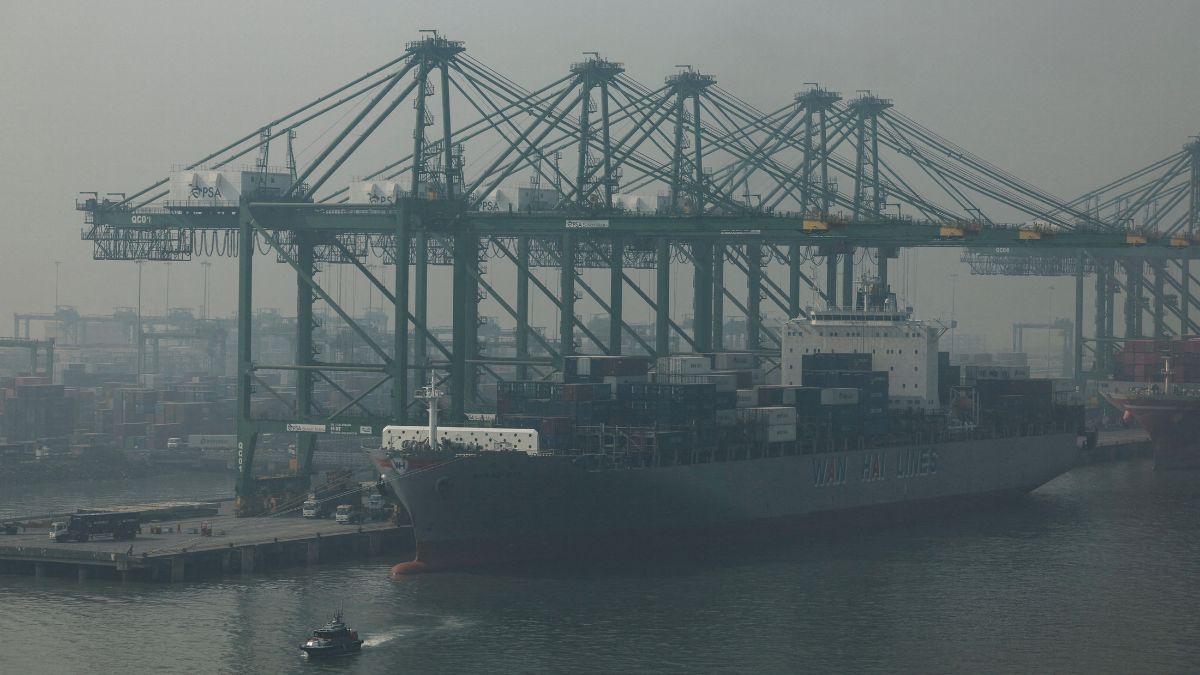

The recent imposition of a cumulative 50% tariff by the United States on Indian goods is poised to significantly impact several key sectors of the Indian economy. This decision by the Trump administration, allegedly as a penalty for India's continued purchase of Russian crude oil, has sparked concerns among industry experts and exporters alike. The tariffs, which include an additional 25% levy on top of existing duties, are expected to make Indian goods more expensive in the US market, potentially reducing exports by 40-50%. The initial duty comes into effect from August 7, 2025, with the additional levy effective from August 27, 2025.
Textiles and Apparel
The textile and apparel industry is expected to be among the hardest hit. Apparel (knitted) products, which account for 34.5% of the US share in India's exports, face the highest total tariff payable at 63.9%. Apparel (woven) follows, with a 32.2% US share and a total tariff of 60.3%. Textile (made-up) products, with a 48.4% US share, are subject to a total tariff of 59%. Indian textile and apparel exporters are already halting manufacturing for US orders, fearing a decline in competitiveness against countries like Bangladesh and Vietnam. Industry leaders anticipate export declines, job losses, and overall uncertainty in the sector. Shares of textile companies like Gokaldas Exports, Kitex Garments, and KPR Mill have already seen a sharp decline.
Gems and Jewellery
The gems and jewellery sector, a significant contributor to India's exports, is also bracing for a major impact. Diamonds, gold, and related products, with a 40% US share in India's exports, face a total tariff of 52.1%. The Gem & Jewellery Export Promotion Council (GJEPC) has expressed serious concerns, calling the 50% tariff a "doomsday" scenario for the industry. Some businesses are considering setting up manufacturing units in countries with lower tariffs, such as Dubai and Mexico, to maintain access to the US market. Titan Company, a major Indian jeweller, is reportedly exploring shifting some manufacturing to the Middle East.
Chemicals
The chemical sector is another area of concern. Organic chemicals, with a 13.2% US share in India's exports, will face a total tariff of 54%. After the new tariff, organic chemicals' exports to the US will attract an additional 54% duty. Certain chemical companies, such as Camlin Fine Sciences, Aarti Industries, and Atul Ltd, may experience negative impacts.
Other Affected Sectors
Besides textiles, gems and jewellery, and chemicals, other sectors that will bear the brunt of the 50% duty include: * Shrimp * Leather and footwear * Carpets * Machinery and mechanical appliances * Furniture * Auto components
Potential Economic Impact and Responses
The increased tariffs are expected to make Indian goods significantly more expensive in the US, potentially cutting US-bound exports by 40-50%. This could lead to a decline in India's GDP growth, with estimates suggesting a potential hit of 30-40 basis points.
In response to these challenges, some Indian exporters are considering strategies such as:
Despite the concerns, some experts believe that this situation presents an opportunity for India to implement further economic reforms and enhance its competitiveness. A US trade delegation is expected to visit India on August 24, 2025, leaving a 20-day window for negotiations before the tariffs are fully implemented.